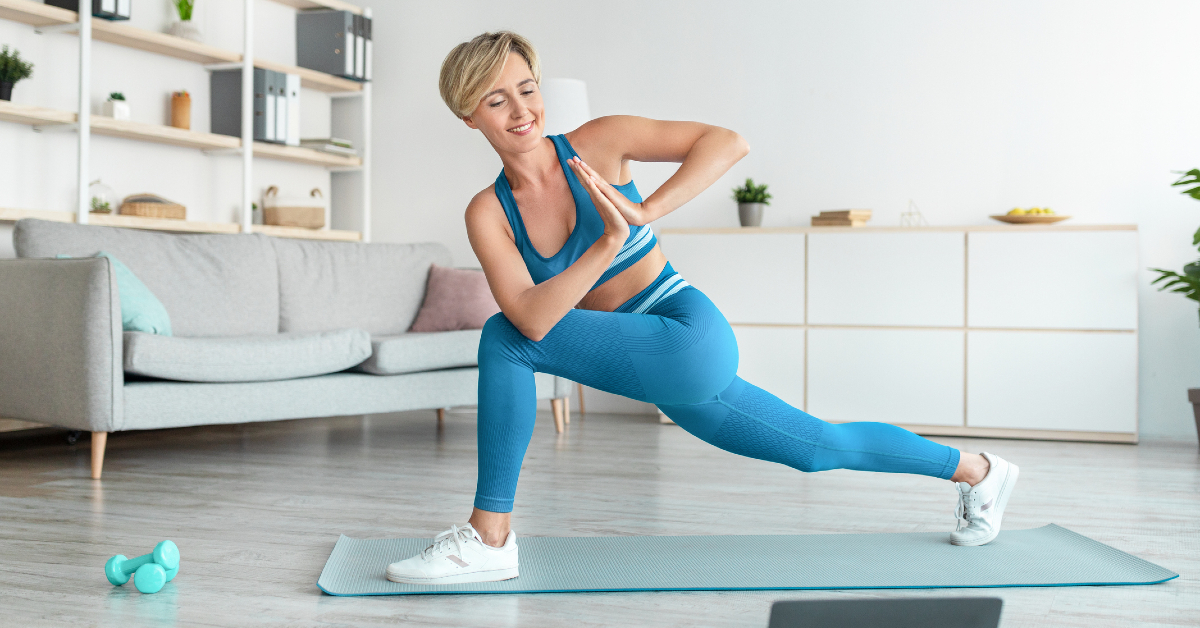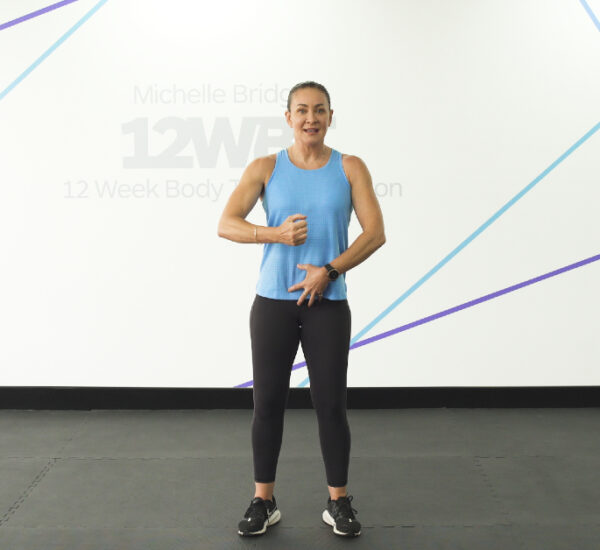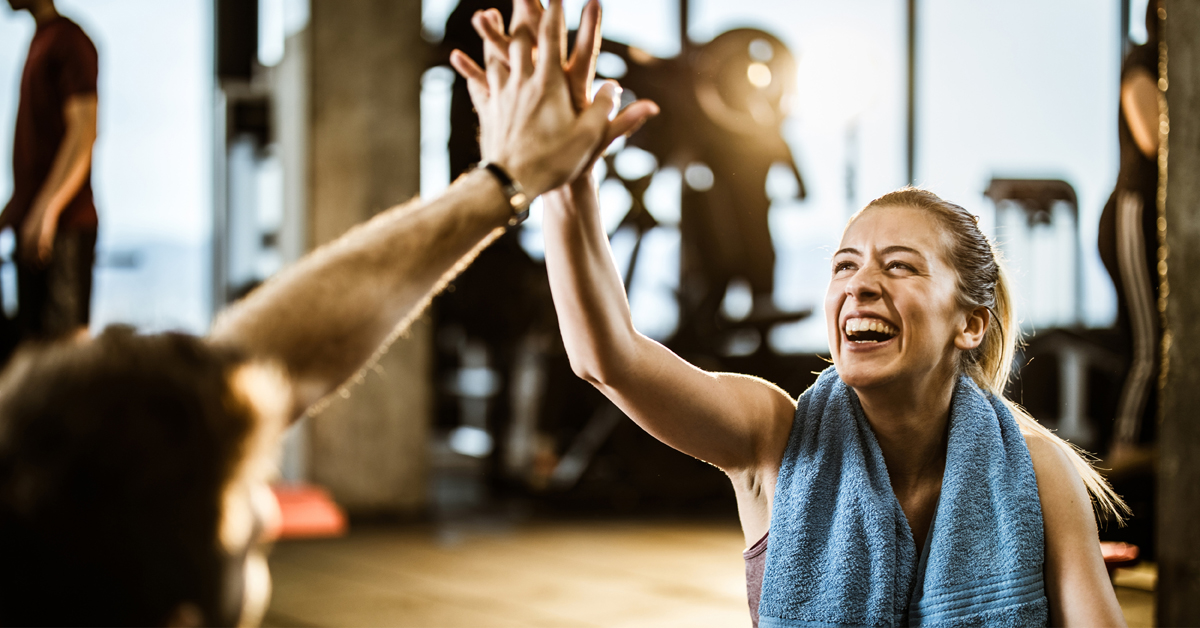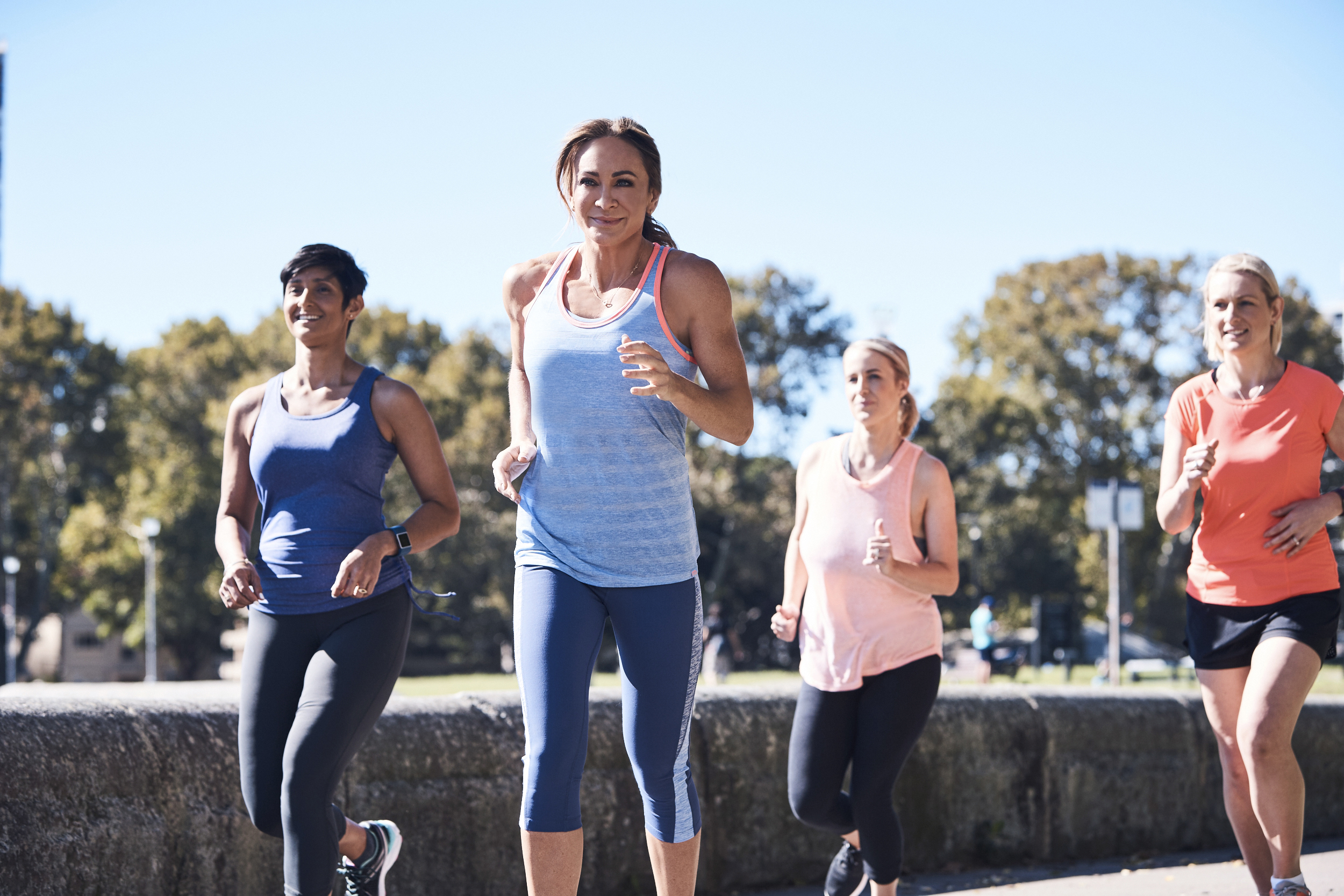Every activity carries with it risks of injury or ailment, from gym workouts to training at home or walking outside! But with the right preparation, you can save yourself a lot of heartache and pain. Dancing is on the higher end of the scale for physically demanding activities – this I am only just learning now from Dancing With The Stars! With repetitive movements, flexibility and stamina requirements, the physical exertion on your body can demand a lot leading to dance injuries.
In most cases, pain comes on due to muscle soreness and that will usually resolve itself in a day or two. Luckily, I have kept myself fighting fit so far during my DWTS training and performances (touch wood!).
However never take any injury lightly, and be sure to consult your physician and physical therapist as the first red flag appears.
Common Dance Injuries
Ankle Sprains
By far the most common injury for dancers. When an ankle is sprained, ligaments on the inside or outside of your foot get twisted. You’ll know if you have this with acute onset of pain on the inside or outside of the ankle, swelling and bruising may be present. If the ligament is torn, it will never heal to its pre-injury condition and you’re at risk of doing it again, so take care and treat it appropriately!
Patellofemoral Pain Syndrome
Known as ‘jumper’s knee,’ Patellofemoral Pain Syndrome is a pain in the front of the knee that comes with jumping or from the plie. You’re more likely to be at risk if you have muscle imbalances, like tight hamstrings and calves, coupled with weak quads.
Achilles Tendonitis
If you start feeling a gradual onset of pain and tenderness above your heel, which tends to feel worse when jumping or point work, you may have achilles tendonitis. Basically this is a an inflammation of the tendon on the back of the ankle that connects the prime mover for pointing your foot. It is more common if you have been training excessively or using improper technique.
So what should you do to prevent dance injuries?
- ALWAYS warm up before training (this is a BIG one for me!)
- Wear the appropriate shoes and attire
- Avoid overtraining
- Get enough rest in between classes and performances
- Stretch, stretch and stretch
- Build up strength and endurance through other cross training exercises
- Keep hydrated in your workouts














